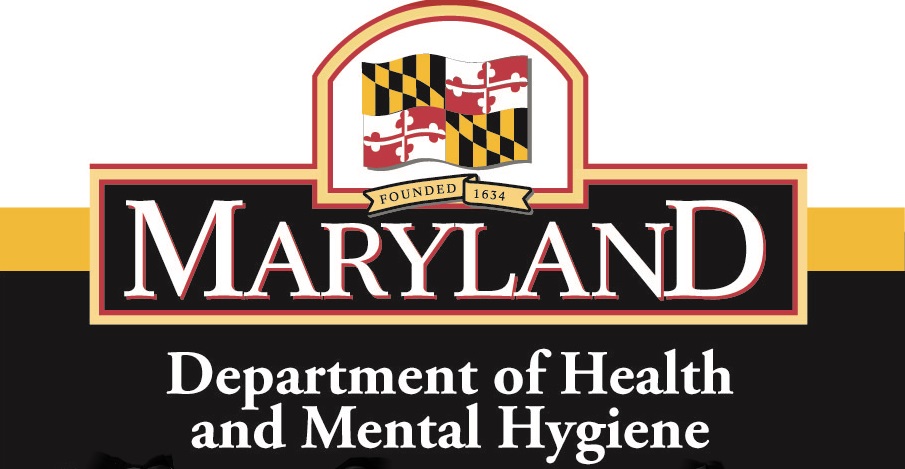By Margaret Sessa-Hawkins
There are over 1,300 licensed assisted living facilities in Maryland caring for thousands of residents not quite able to care for themselves. But year after year over the past decade the state health department has failed to do annual inspections for a majority of them.
Another audit of the Department of Health and Mental Hygiene’s Regulatory Services has found that the department has failed to fix many of the problems highlighted in at least three previous audits dating back at least to 2004.
The audit shows that in fiscal year 2012, the Office of Health Care Quality failed to perform inspections of 757 of the 1,364 licensed assisted living facilities in Maryland, or roughly 55% of such facilities within the state. Additionally the audit showed that roughly three-fourths of the 197 facilities for the developmentally disabled within the state were not inspected.
The inspections are required by state law and could result in consequences as serious as license revocation if institutions fail them.
“First of all it’s outrageous,” said Del. Guy Guzzone, House chair of the legislature’s Joint Audit Committee. “These are our most vulnerable citizens.”
“Clearly these audit findings are something to be taken seriously,” Patrick Dooley, assistant secretary of regulatory affairs said. “We do take it seriously, and we’re putting measures in place so we can do a better job.”
Annual requirement, staffing shortage result in shortfall
The Department of Health and Mental Hygiene may ask for less stringent inspection requirements — it is currently studying the issue, Dooley said. State law requires inspections every year, but federal law only requires them every three years.
The Office of Health Care Quality isn’t able to meet the inspection requirement because of staffing shortages, it wrote in its response to the audit. Since at least 2005, the office has not had enough staff to carry out inspections, according to a collation of the Annual Report and Staffing Analysis in the Analysis of the FY2015 Maryland Executive Budget. Starting in 2005, the agency was 55 employees short of what it would need to complete all inspections. By 2013, this shortage had risen to a high of 107. However, the health care quality office now estimates that for fiscal year 2014, the shortage will have fallen to 68.
New surveyor positions for the units that carry out the inspections have been approved in the FY2015 budget, according to the department’s response to the audit. But more steps may need to be taken to address the problem.
Chronic vacancies, not enough positions
An analysis of the FY2015 Maryland Executive Budget attributes these staffing shortages to a “combination of an increased workload, a structural deficiency in positions allotted for survey and inspection activities, and chronic vacancies among surveyor positions.”
“I think they are budget related,” agreed Guzzone, who also chairs an Appropriations subcommittee. “They are hiring related. It’s management related.”
“I don’t think it’s a simple single answer, and that’s part of the reason it doesn’t get fixed.”
New streamlined inspections proposed
In order to deal with the perpetual shortage, the department is considering creating a more targeted survey system, one in which inspections are streamlined for providers with positive inspection histories.
“For example, if there are currently 60 things they are looking at in a normal survey, if there is a provider that has a good track record, maybe they would only look at the top 20 really critical things,” Dooley said. “And if something pops up in those 20, then that would immediately trigger a more thorough investigation. And this wouldn’t preclude OHCQ going out there and following up on any sort of complaint. It would just mean based on the track record of an individual provider, you would cater the approach to really ensure the health and safety of the individuals in that provider service.”
Examining the need for annual inspections
Additionally, the department is examining whether the state might benefit from mirroring federal requirements of inspecting every three years instead of annually.
So far, the evidence suggests that there is no reason state requirements should be more stringent than federal, Dooley said. Changing to this less frequent, more targeted approach would allow more facilities to be inspected despite the staffing shortage.
“We’re doing everything we can to try and go into as many facilities as we can and do a better job because at the end of the day it’s really about protecting these individuals in these facilities,” Dooley said.




The Maryland Office of Health Care Quality does not “go out there” and inspect anything when investigating a patient complaint. Their idea of an investigation is to send the patient letter of complaint to the named facility, without the knowledge of the complainant, and then let the named facility provide an explanation to that complaint. The OHCQ then accepts that answer without question. There is no investigation.